-
Minamil gallery scroller
04/13/2024 at 23:20 • 2 commentsOutput from #Minamil 3dp: another minimal CNC mill and #Minamil 2dc: a minimal CNC mill collected here because this doesn't fit in either project because it includes both. And doesn't fit in #"Desk Accessory" CNC Milling Machine because that's more about the fancy box than the CNC inside which might be either flavor or not inside a fancy box.
Lots of "Desktop CNC" machines can fit on a desktop. But do they fit on your desk?
![]()
![]()
![]()
![]()
![]()
![]()
![]()
![]()
![]()
trace width = hairsbreadth ![]()
![]()
![]()
![]()
![]()
![]()
![]()
![]()
![]()
![]()
![]()
![]()
![]()
![]()
![]()
![]()
![]()
![]()
![]()
![]()
![]()
![]()
-
DIN 47100 FTFY
02/23/2022 at 20:52 • 0 commentsI just learned about the DIN 47100 standard for wire colors, which includes pink. I thought it might explain why a certain vendor of hookup wire includes pink instead of grey in their 10-color kits (??). It does not, because DIN 47100 keeps grey and drops orange instead.
Not only did it not explain that thing I was wondering about, it laid eggs in my head and fed half my brain to its evil larvae. This page will likely serve no purpose beyond an attempt to exorcise myself.
DIN 47100: how did that happen?
Take a look at this train wreck:
![DIN 47100 illustrated DIN 47100 illustrated]()
image: CAE Groupe - Let's ignore the three-color codes from 45 and up, which are apparently often ignored to favor repeating the 1-44 sequence.
- Starts with 10 solid colors — ok.
- The top dozen of the right column, 31-42, look perfectly systematic: pairs of green & yellow with blue stripes, red stripes, and black stripes; then pairs of grey & pink with the same stripe sequence. Blue, red, and black follow the sequence of solid colors as do green,/yellow and grey/pink.
- Yes, the code is often used for cables of wire pairs.
- But what about the left column? Three pair 21-26 look like the same kind of sequence as 31-36 and 37-42. Since white and brown precede the green-pink sequence it would make sense for 21-26 to precede 31, which they do, but not directly. And how to make sense of any of the rest of that?
What a mess.
It's clearly not random, but hints of regularity appear randomly distributed. How could that come out of Germany? To be fair, DIN "withdrew" the standard >20 years ago, but how did it live there from 1944-1998? And it lingers still — seemingly common in "LiYY" and "LiYCY" cables, of which I've learned nothing but to associate them with DIN VDE 0812 although the latter apparently does not specify color. (I say "apparently" because the standards are ̶ ̶j̶e̶a̶l̶o̶u̶s̶l̶y̶ ̶g̶u̶a̶r̶d̶e̶d̶ ̶d̶a̶r̶k̶ ̶s̶e̶c̶r̶e̶t̶s̶ ̶ ̶ paywalled.)
I looked it up. Judging by the sources Google likes, DIN 47100 confuses everyone. Not only do different references disagree but some have internal inconsistencies. None are authoritative, so which is closer to right? Some of the confusion relates to variability of "standard" abbreviations which apparently weren't part of 47100.
- Wikipedia
- apparently valid info
- but not because supported by cited references
- Colorhex ref is entirely completely irrelevant?
- igus (Wikipedia article reference)
- does not include abbreviations used in the Wikipedia table for which this is cited as reference
- code 28 "grey-yellow" text
- reverse of "yellow-grey" in Wikipedia
- but image shows yellow-grey
- relevant because that's part of the mess
- Eland
- includes abbreviations, but different abbreviations
- abbreviates brown inconsistently as BR & BN
- code 28: "Yellow-Grey (YWGR)" (text only)
- includes abbreviations, but different abbreviations
- CAE Groupe
- image linked above
- code 28: "Grey-yellow" text with corresponding image
- internally consistent at least
- correct? (apparently not)
- Belcom
- abbrevs like Wikipedia, but:
- code 17: "WHITE-GREY WH(ite)YE(llow)" - eh? (image is white-grey)
- code 28: yellow-grey (with corresponding image)
- code 34: YERD but image shows solid YE (gfx layers problem? looks like there is a red stripe behind the yellow ring)
- Mueller Group
- um, sounds German...
- but is US-based "stocking distributor of European-made" cable
- no abbreviations, no pictures, i.e. no fluff
- lists only 1-44 repetition, no 45+ three-color codes, but counted as 1-22 pairs
- pair 14 (i.e. 28/2) core B: "Yellow/gray"
- "grAy": shibboleth for US market
- internally consistency looks encouraging
- ...like but not in agreement with CAE Groupe, who are actually European
- um, sounds German...
So who's right about the colors for 28/14B? Further digging in more places turns up more votes for yellow-grey than for grey-yellow, so maybe Mueller Group, and Wikipedia, have the colors right. That's colors - not touching abbreviations.
And then there's Helukabel — bona fide Germans — who, according to a Helukabel reference page hosted by Sealcon Cable & Wire (formerly Hi-Tech Controls...
Read more » -
Unexpected flow. Surface tension?
07/08/2021 at 02:27 • 2 commentsThe bottom of the pan is flat.
![]()
Near where the stream hits the flat surface, fast-moving water blows straight off the edge while on the opposite side slower flow piles up before it falls off. Surface tension, I suppose, subject to some threshold condition. But ?.
Edit: "falls off" prolly means attached (surface wetting) flow over the edge & down the side -> not "blows straight off" -> the "threshold condition". ?.
My Projects
My Pages
Things I've Built
Modeled a CH-SM1545 linear screw stepper thing
Like a CD/DVD optical sled drive but longer and 0.5mm pitch. Here: https://cad.onshape.com/documents/7a6683c41ade7e00853857f5 https://grabcad.com/library/chihai-ch-sm1545-1
HC-05 "baudat" - Config-over-Bluetooth widget
Access HC-05 "command" mode over Bluetooth without connecting to a PC USB port. https://www.instructables.com/id/HC-05-Serial-Configuration-Over-Bluetooth/
Projects I Like & Follow
Share this profile
ShareBits
Become a Hackaday.io Member
Create an account to leave a comment. Already have an account? Log In.
Thank you for liking my #Telescope Mount Controller using PERSEUS-9! A photo of the aluminum material work in progress has been added to the attachment.
Thanks for liking #DTL binary clock I get a buzz seeing that ancient silicon flipping and flopping .
Thank you for liking my #Prehistory of my homemade PERSEUS computers !
Thank you for liking my project #Homemade Successive Approximation Register ADC. I was thrilled 42 years ago to see how analog voltages converged and converted into digital values. I thought I would definitely introduce that for people.
Thank you for liking my #Homemade Floating Point Interpreter for 6502 !
Thank you for liking and following my #PERSEUS-8 homemade 6502 computer. And thank you for following me !
Thank you for liking my #Homemade Operational Amplifier !
Good morning Paul and thanks for the Like/Follow #The Cardboard Computer - IO is my name :-)
 Paul McClay
Paul McClay




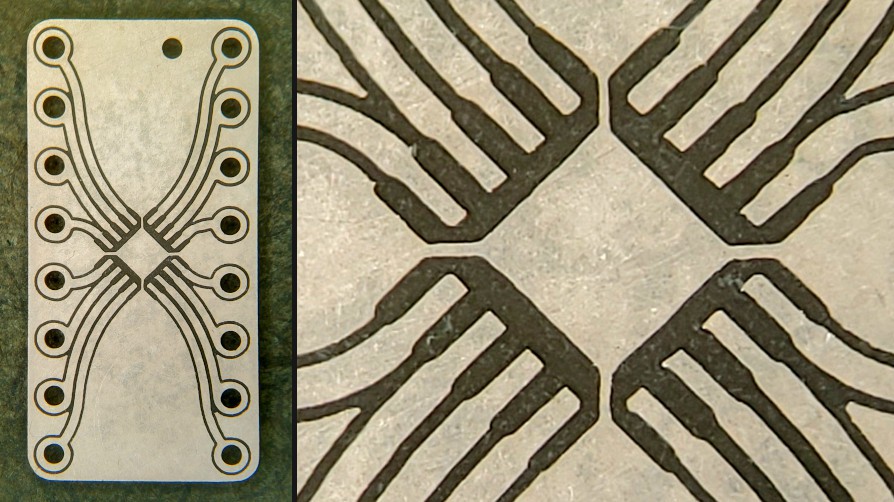
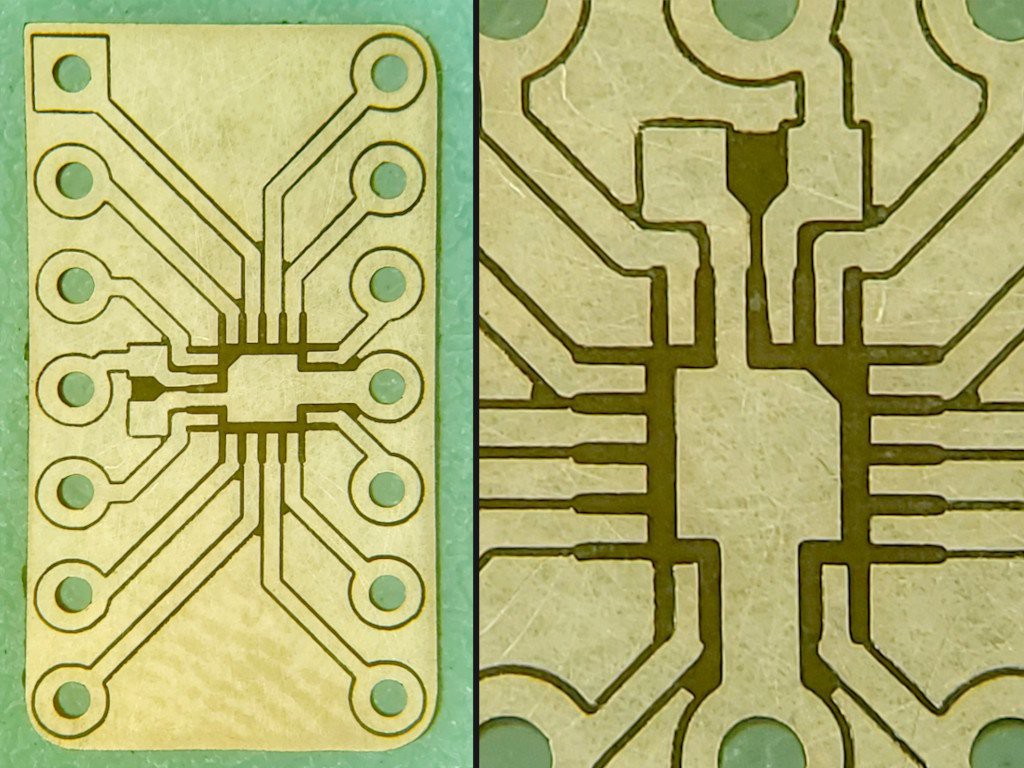





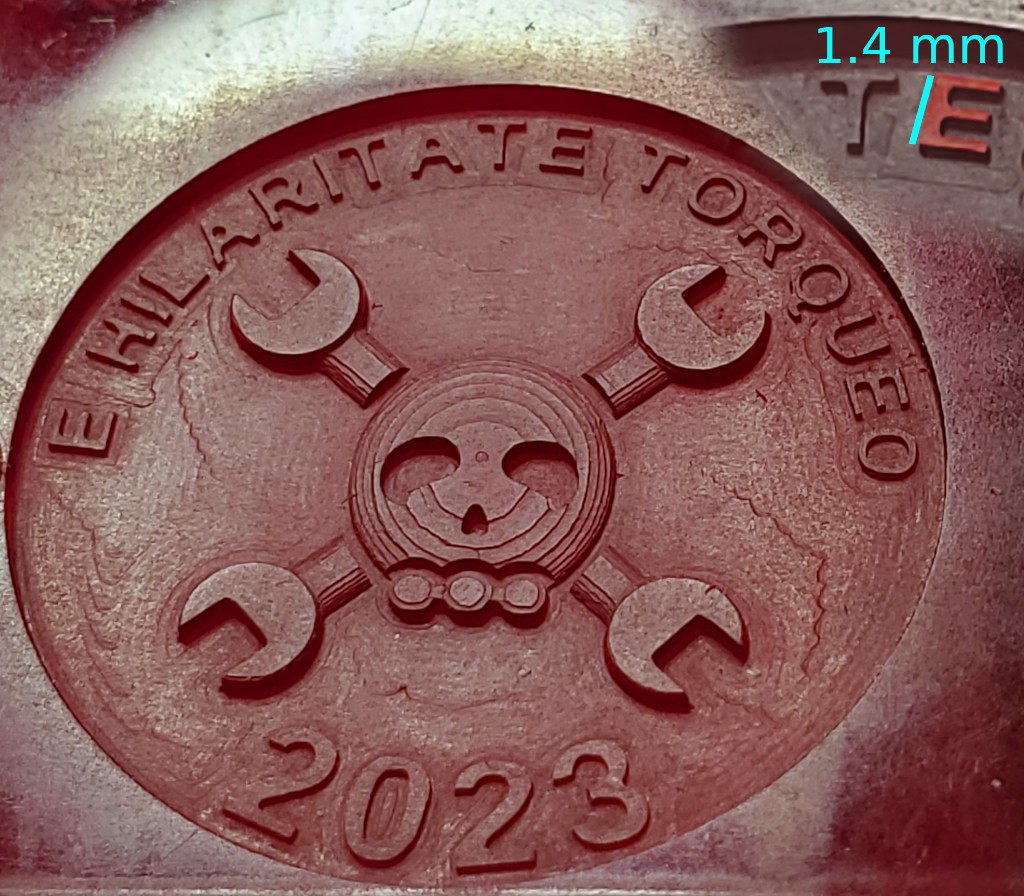

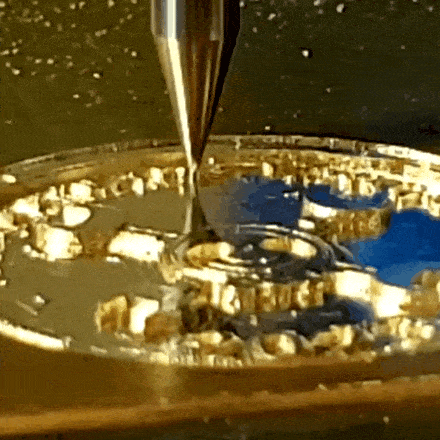


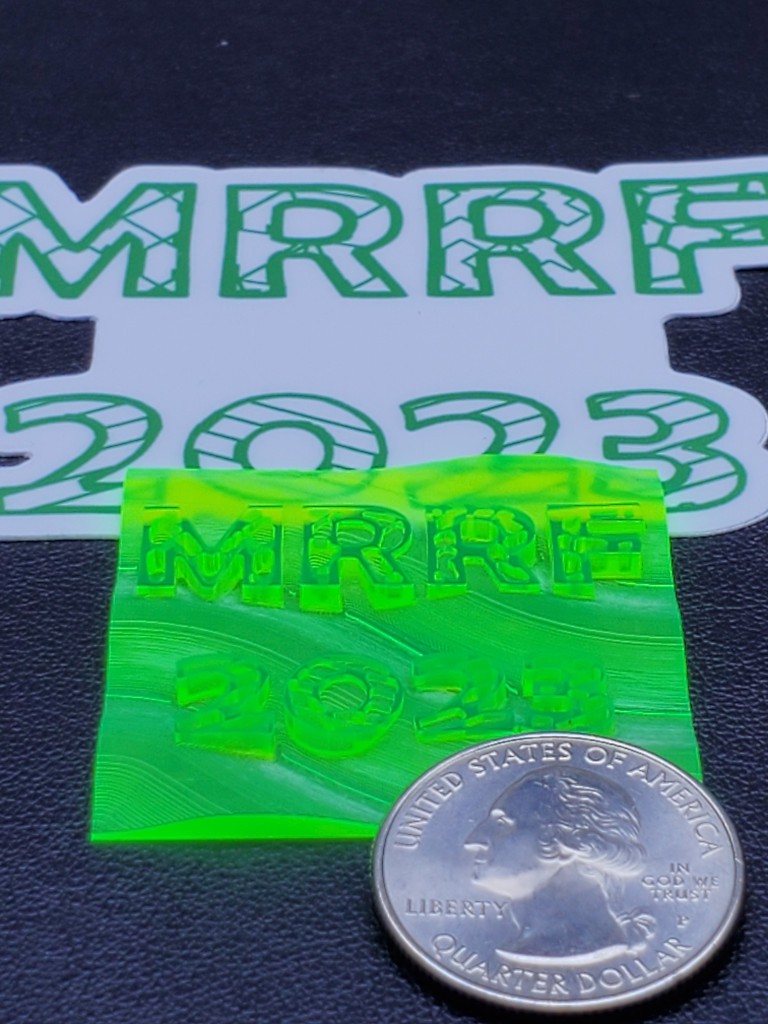









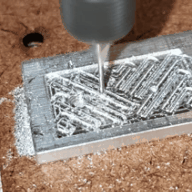



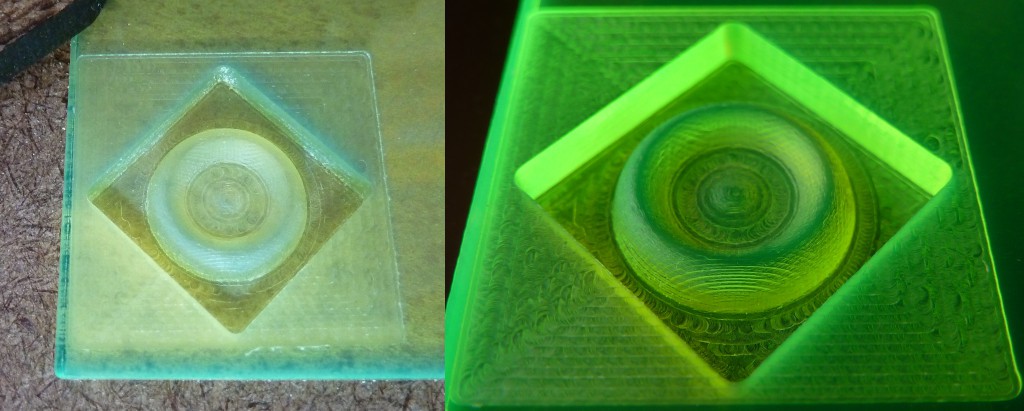



 Kevin Santo Cappuccio
Kevin Santo Cappuccio Vijay
Vijay Chu Tien Thinh (obitvn)
Chu Tien Thinh (obitvn) Richard Testardi
Richard Testardi Peter
Peter CheeenNPP
CheeenNPP Ahron Wayne
Ahron Wayne Skyhawkson
Skyhawkson DosFox
DosFox Mitsuru Yamada
Mitsuru Yamada CentyLab
CentyLab Joseph Eoff
Joseph Eoff biemster
biemster will.stevens
will.stevens Michael Rangen
Michael Rangen Muth
Muth gokux
gokux


Thank you for liking my #Homebrew Digital Sampler in 1979! The repair was successful, and seeing it work for the first time in over 40 years reminded me of the feeling I had back then.